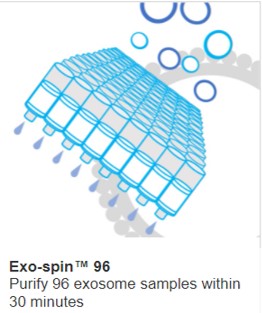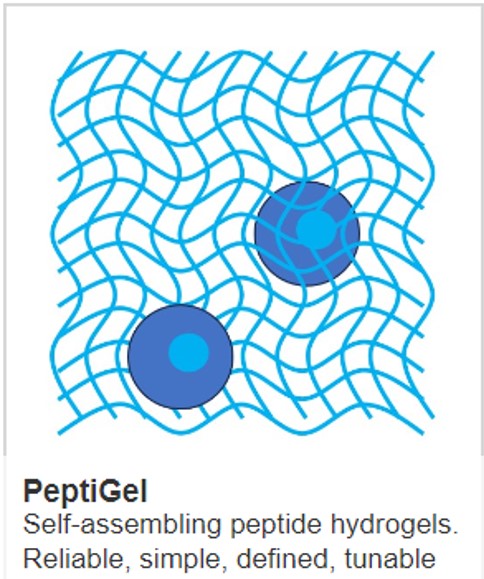SASP biological clock proteins: What are they?

What Is Cellular Senescence?
Cellular senescence is characterized by permanent cell cycle arrest, the upregulation of cell cycle inhibitors such as p21, p16, and p27, along with distinct morphological and molecular changes. Although senescent cells stop dividing, they remain metabolically active and secrete a wide range of bioactive molecules collectively known as the Senescence-Associated Secretory Phenotype (SASP). The SASP includes the secretion of pro-inflammatory cytokines, chemokines, growth factors and proteases. While the SASP can have beneficial effects, such as promoting tissue repair or immune surveillance, its chronic presence leads to harmful inflammation and tissue dysfunction, contributing significantly to aging and age-related diseases.
Cells can adopt a senescent state in response to stresses such as oxidative stress, ionizing radiation, ultraviolet (UV) exposure, telomere shortening, genotoxic agents, and oncogene overexpression.
Senescence in Aging and Disease
Senescent cells accumulate with age and are a major contributor to age-associated tissue dysfunction. Senescence has been implicated in several chronic diseases:
- In osteoarthritis, increased numbers of senescent chondrocytes are found in osteoarthritis cartilage which contribute to cartilage breakdown.
- In atherosclerosis, senescent endothelial cells promote plaque formation in blood vessels.
- In neurodegenerative diseases, senescence in glial cells is associated with increased neuroinflammation.
- In cancer, while senescence acts as an early barrier to tumour formation, the pro-inflammatory SASP can paradoxically foster a tumour-promoting environment if not properly cleared.
Therapeutic Targeting of Senescence
Senotherapeutics is an emerging field using interventions aimed at mitigating the harmful effects of cellular senescence. These therapies fall into two main categories:
- Senolytics: Compounds that selectively eliminate senescent cells. Examples include the drugs Dasatinib, Quercetin, and Navitoclax.
- Senomorphics: Agents that suppress the harmful SASP factors without killing the senescent cells. Notable examples are Rapamycin and Metformin.
The goals of senescence-targeting therapies are to reduce inflammation, limit tissue damage, extend healthspan (the period of a person’s life in which they enjoy good health and remain active), and potentially prolong lifespan. These approaches also show promise in treating conditions associated with ageing such as fibrosis, diabetes, and Alzheimer’s disease.
Biomarkers of Senescence: A Window into Aging and Disease
A 2025 study by Olinger et al. (Nature Aging) provided some interesting insights into SASP. The researchers utilised a novel nanoparticle-based processing approach to detect low-abundance proteins secreted by senescent THP-1 monocytes (a monocyte cell line derived from acute myeloid leukaemia) in serum-supplemented cell-culture. They identified a range of specific SASP proteins that are shared in common between irradiated THP-1 cells and serum samples collected from a longitudinal study of a thousand elderly patients. These proteins correlate with aging associated clinical traits such as greater body fat, blood cholesterol levels, inflammation, and reduced mobility.
By using a set of patients to train and test the protein expression data from the patients, a robust SASP protein panel was developed that could predict both age- and obesity-related health outcomes in the Baltimore Longitudinal Study of Aging participants. These findings were further validated in an independent aging cohort (InCHIANTI), underscoring the clinical utility of circulating SASP profiles.
These findings could potentially inform future senotherapeutic trials in aged individuals and individuals with obesity.
IMAGE the central role of SASPs in Aging, inflammation and cellular senescence CREDIT Yue et al (CC 4.0)



